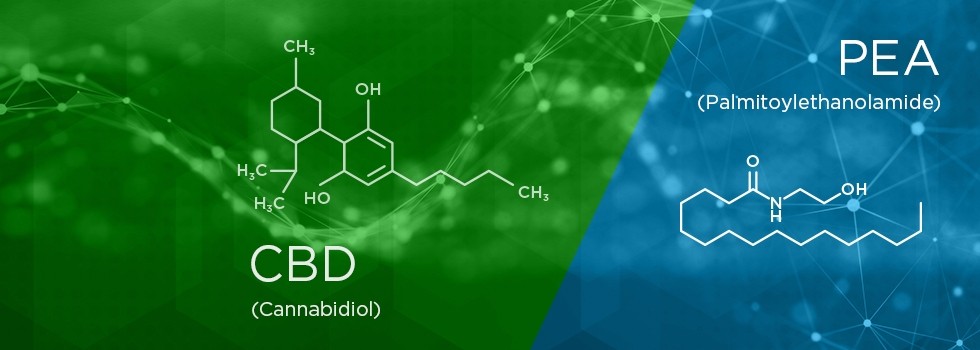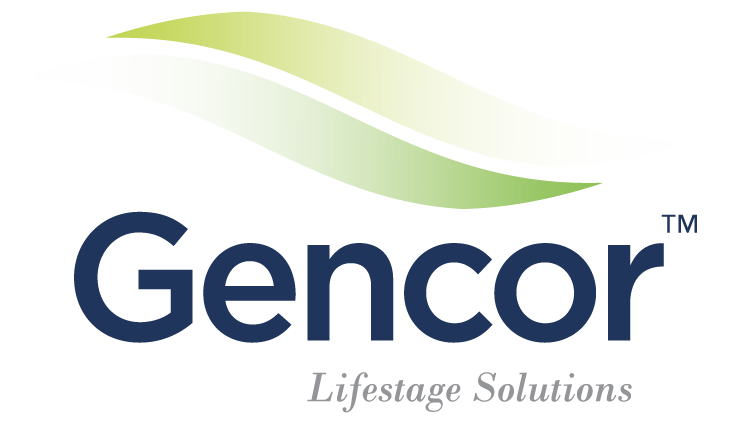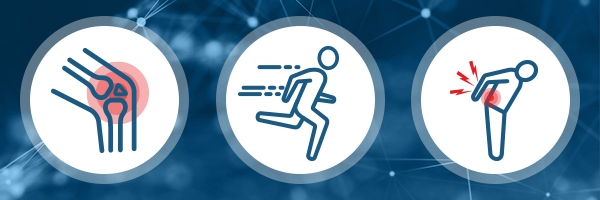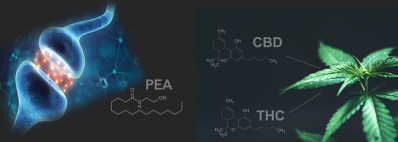Promotional Features
Brands considering Levagen PEA in addition to CBD as uncertainty around CBD continues
Human clinical research on Levagen PEA (Palmitoylethanolamide) shows that it works on the endocannabinoid system to help repair muscle tissue, minimize WOMAC pain and aid with sports-related inflammation, further strengthening its status as a Cannabidiol (CBD) substitute.
The Hype Behind CBD
As an industry, we cannot escape CBD or its hype. In fact, market predictions say that by the year 2020, the cannabis industry in the US will reach $24.5 billion and the total global cannabis market is expected to reach $57 billion by 20271. Although CBD is a growing category with numerous health claims; the research, claims, and confusion, not to mention navigating the legal challenges around CBD, has become a minefield.
Navigating the Challenges Around CBD
The perplex conversation around CBD in the United States resurfaced in 2018 when the Farm Bill lifted the federal ban on hemp which was formally classified as a Schedule I controlled substance2. The Hemp Farming Act federally legalized the production of industrial hemp and hemp-derived CBD containing less than three-tenths of a percent of THC (tetrahydrocannabinol), which is still an illegal substance3, leaving the states to determine how to move forward. Since most states have not had a chance to update their laws to match this new federal law, it leaves consumers not knowing what is legal and what is not.
The FDA recently scheduled a public hearing to obtain data regarding the safety, manufacturing, product quality, marketing, labeling and sale of CBD products and cannabis-derived compounds. Even with this hearing, the industry may not have an answer to the legality and claims of CBD for quite some time, leaving some brands to risk it and create products, some to sit back and watch, and others to look for alternative products producing the same effects.
The Almighty Endocannabinoid System
One of the reasons there is so much excitement behind CBD is because of its effects on the endocannabinoid system. Our body is continuously working to keep us healthy and balanced. One way it does this is through our Endocannabinoid System or ECS. ECS helps to maintain balance, or homeostasis, within our body and it produces some cannabinoids on its own called endocannabinoids. The ECS helps to regulate sleep, immune-system responses, relaxation, pain and more4.
When CBD enters the body, it does very little to the ECS; instead, it activates or inhibits other compounds or cell receptors within the body. For example, the ECS is made up of CB1 and CB2 cell receptors which are found throughout the body, CBD acts upon these receptors to limit the breakdown of a compound associated with regulating pain called anandamide. Meaning, the more anandamide in the bloodstream, the less pain a person may feel4. Because our body creates this neurotransmitter anandamide on demand, it is not stored, it is used immediately, and then fatty acid amide hydrolase (FAAH) breaks it down. CBD inhibits FAAH before it can breakdown the anandamide5.
CBD has also been said to help inflammation, relaxation, sleep and more, but there is very little research demonstrating its efficacy and safety. So, with all of the attention and regulation that may be put forth, are there other legal alternatives that have similar effects on the ECS?
Palmitoylethanolamide and its Effect on the ECS
Palmitoylethanolamide or PEA is a naturally occurring fatty acid amide, and unlike CBD, PEA is structurally related to anandamide and may co-enhance its effects as well as inhibit FAAH. PEA also helps stimulate the production of endocannabinoids in the body’s endocannabinoid system.
Although biogenetically and chemically different, CBD and PEA share a remarkable series of pharmacological similarities. For example, PEA counteracts endotoxin-induced inflammation in cells in the same cell lineage as CBD. CBD and PEA also share a number of centrally mediated effects which include neuroprotection and attenuation of seizure activity.
What is PEA? Is it Backed by Research?
PEA is an endogenous compound, meaning it is naturally produced in the body as a direct response and repair mechanism to inflammation and pain. PEA was first isolated in 1957 from soybeans, peanuts and egg yolks and was identified as a therapeutic substance with potent anti-inflammatory properties. However, PEA has also shown poor bioavailability within aqueous environments such as the stomach.
Gencor, a leader in clinically researched branded ingredients, recently launched Levagen+ PEA and formulated it with the award-winning LipiSperse technology to allow the PEA particles to disperse freely, translating into increased bioavailability. Levagen is also GRAS affirmed for its use in dietary supplements, functional foods and beverages. Unlike CBD, more than 21 clinical studies have shown that PEA is an effective and safe nutrient for easing discomfort and aiding in a healthy inflammatory response.
Levagen PEA: Supported by Human Clinical Trials
In addition to the 21-clinical studies, Gencor has studied the benefits of its branded PEA (Levagen) for joint health, sleep and recovery, making it a strong ingredient for any sports nutrition and healthy aging formulation.
Gencor’s human clinical trials indicated that Levagen PEA had significant positive effects on the total WOMAC pain score, joint stiffness and function as well as aids with post-exercise recovery.
Additional clinical studies are in process to further back the efficacy of the ingredient.
What is Next?
With manufacturers and consumers wanting the health benefits of CBD, but not wanting to be blindsided with federal or local legalities, the natural products industry needs to provide legal alternatives and market those.
Levagen PEA from Gencor is one alternative with pharmacological similarities to CBD that is making way for use in supplements, functional foods and beverages.
References:
- Badaracco, Suzy. “CBD Market and Latest Research.” Natural Products INSIDER, 9 Apr. 2019, www.naturalproductsinsider.com/herbs-botanicals/cbd-market-and-latest-research.
- “Collective View of CBD.” COWEN RESEARCH, 25 Feb. 2019, www.cowen.com/reports/cowen-collective-view-of-cbd/.
- Levine, Steve, and Benjamin Jones. “2018 Farm Bill: Opportunities in Hemp.” Cannabis Business Times, Cannabis Business Times, 16 Jan. 2019, www.cannabisbusinesstimes.com/article/2018-farm-bill-opportunities-in-hemp/.
- Johnson, Jon. “CBD Oil for Pain Management: Effects, Benefits, and Uses.” Medical News Today, MediLexicon International, 16 Mar. 2018, www.medicalnewstoday.com/articles/319475.php.
- “[EGuide] Endocannabinoid: The Body's Master System.” Delicious Living, 28 Nov. 2018, www.deliciousliving.com/health/endocannabinoid-the-bodys-master-system/.







